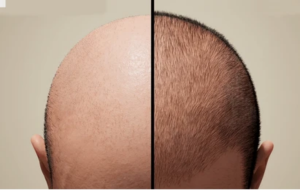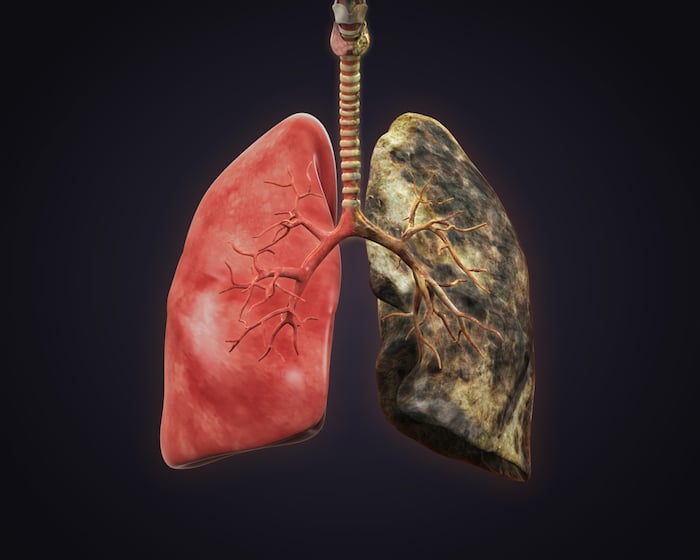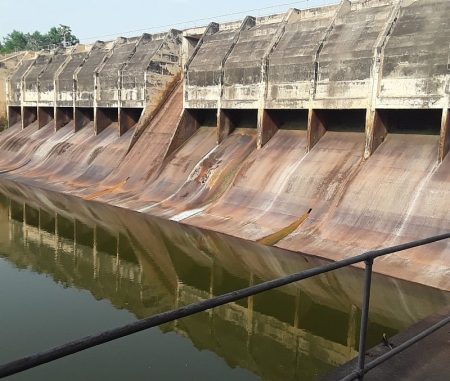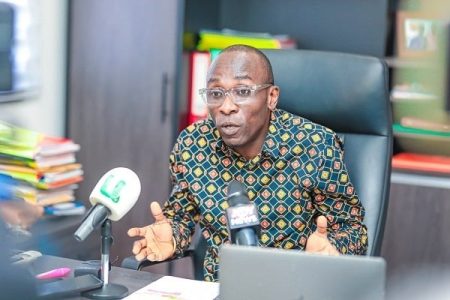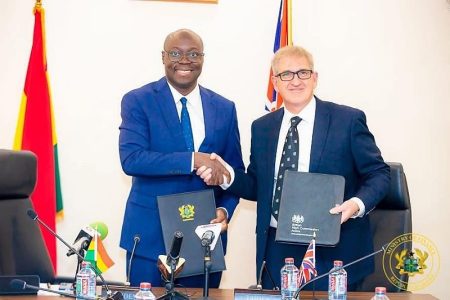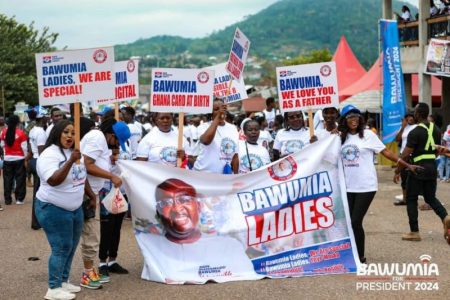The Disparity in Lung Cancer Care: A Rural Indian Perspective
Lung cancer, a devastating disease, casts a particularly long shadow over rural India. Nearly 70% of India’s population resides in these rural landscapes, where access to quality healthcare remains a significant challenge. While urban centers boast advanced diagnostic tools, specialist oncologists, and cutting-edge treatments, rural areas often lack even basic screening facilities. This stark contrast in healthcare access leads to delayed diagnoses and drastically reduces survival chances for rural lung cancer patients. The question becomes a matter of equity: should a person’s geographical location determine their likelihood of surviving a life-threatening illness?
Factors Fueling the Rural Lung Cancer Crisis
Several interconnected factors contribute to the high incidence of lung cancer in rural India. Tobacco use, a primary driver, is more prevalent in rural communities compared to urban areas. The Global Adult Tobacco Survey India (2016-17) highlights the alarming statistic that 28% of rural adults engage in tobacco use, either smoking bidis or chewing tobacco. Occupational hazards further exacerbate the risk. Farmers and laborers are exposed to pesticide fumes and silica dust from mining activities, increasing their vulnerability to lung-related ailments.
Indoor air pollution poses another significant threat, particularly to women. The reliance on biomass fuels like wood and dung for cooking in approximately 60% of rural households (National Family Health Survey-5, 2019–21) exposes them to harmful smoke on a daily basis. Adding to the environmental burden are seasonal crop burning and emissions from local industries, which further compromise air quality and contribute to the rising incidence of lung cancer in these communities.
The Distance Barrier: A Major Impediment to Timely Diagnosis
The geographical distance between rural communities and specialized healthcare facilities presents a formidable barrier to timely diagnosis and treatment. Primary Health Centers (PHCs), the first point of contact for healthcare in many rural areas, often lack the necessary diagnostic resources, such as CT scanners and biopsy facilities, to effectively detect and diagnose lung cancer.
A 2022 ICMR study revealed the arduous journey rural patients undertake to access appropriate cancer care. On average, they travel 120-150 km to reach a district or tertiary hospital equipped with cancer services. This journey not only entails significant travel time but also translates to lost daily wages, added accommodation expenses, and considerable physical strain. These factors often deter patients from seeking timely medical attention, leading to delayed diagnoses and poorer treatment outcomes.
Advances in Treatment and the Challenge of Accessibility
Despite the bleak landscape, advancements in medical science offer a glimmer of hope. Early-stage lung cancer can be treated with surgery, while chemotherapy and radiation therapy remain viable options for more advanced stages. Immunotherapy and targeted therapies have further improved survival rates and quality of life for patients with both early and advanced lung cancer. However, the high cost of these treatments poses a significant obstacle, especially for rural populations with limited financial resources.
Government initiatives, such as Ayushman Bharat, which provides health coverage to 50 crore Indians (Ministry of Health, 2023), play a crucial role in reducing the financial burden of cancer treatment. Telemedicine, expanded under the National Digital Health Mission, facilitates remote consultations between rural patients and oncologists, bridging the geographical gap. Mobile screening units, piloted in states like Odisha, have demonstrated their efficacy in improving early detection rates by up to 30% in targeted areas (Health Ministry Report, 2024).
Bridging the Gap: A Multi-pronged Approach
To ensure that lung cancer outcomes are not dictated by geographical location, a comprehensive and multi-faceted strategy is required. This includes establishing decentralized diagnostic hubs at the district level, equipped with imaging and pathology facilities, to significantly reduce travel time for early detection. Regular mobile screening initiatives in high-risk communities, such as smokers and those exposed to biomass smoke, are essential for proactive case finding. Tele-oncology services should be expanded to connect rural patients with urban specialists for timely treatment advice. Awareness campaigns in local languages are crucial to educate communities about early symptoms like persistent cough, unexplained weight loss, and chest pain. Finally, providing subsidized travel and accommodation assistance for patients and their families traveling for cancer treatment can alleviate the financial burden and encourage timely care seeking.
Decentralized Diagnostic Hubs: Establishing diagnostic centers with imaging and pathology facilities at the district level would significantly reduce travel time and expenses for rural patients, facilitating early detection and prompt initiation of treatment.
Mobile Screening Units: Deploying mobile screening units to remote villages and high-risk communities would enable proactive screening of individuals exposed to risk factors like smoking and biomass smoke, leading to earlier diagnoses and improved treatment outcomes.
Tele-oncology Services: Leveraging telemedicine platforms to connect rural patients with urban specialists can bridge the geographical gap in access to expertise, allowing for timely consultations, treatment planning, and follow-up care.
Awareness Campaigns: Conducting targeted awareness campaigns in local languages through community health workers and local media can educate rural populations about the early symptoms of lung cancer, risk factors, and the importance of seeking timely medical attention.
Subsidized Travel and Accommodation: Providing financial assistance for travel and accommodation expenses incurred by rural patients and their families during treatment can alleviate the financial burden and encourage adherence to treatment protocols.
Conclusion: Ensuring Equitable Access to Lung Cancer Care
Lung cancer outcomes in India should not be determined by a patient’s proximity to specialized healthcare facilities. While urban areas benefit from advanced medical infrastructure and public awareness, rural communities face disproportionate challenges in accessing timely diagnosis and quality treatment. By implementing targeted interventions, strengthening government support, and fostering community engagement, India can strive to ensure that a farmer in a remote village has the same fighting chance against lung cancer as a corporate professional in a metropolitan city. Every day saved through early detection and timely access to care represents a life saved, and reducing the disparity in lung cancer outcomes between urban and rural India is a critical step towards achieving health equity.


